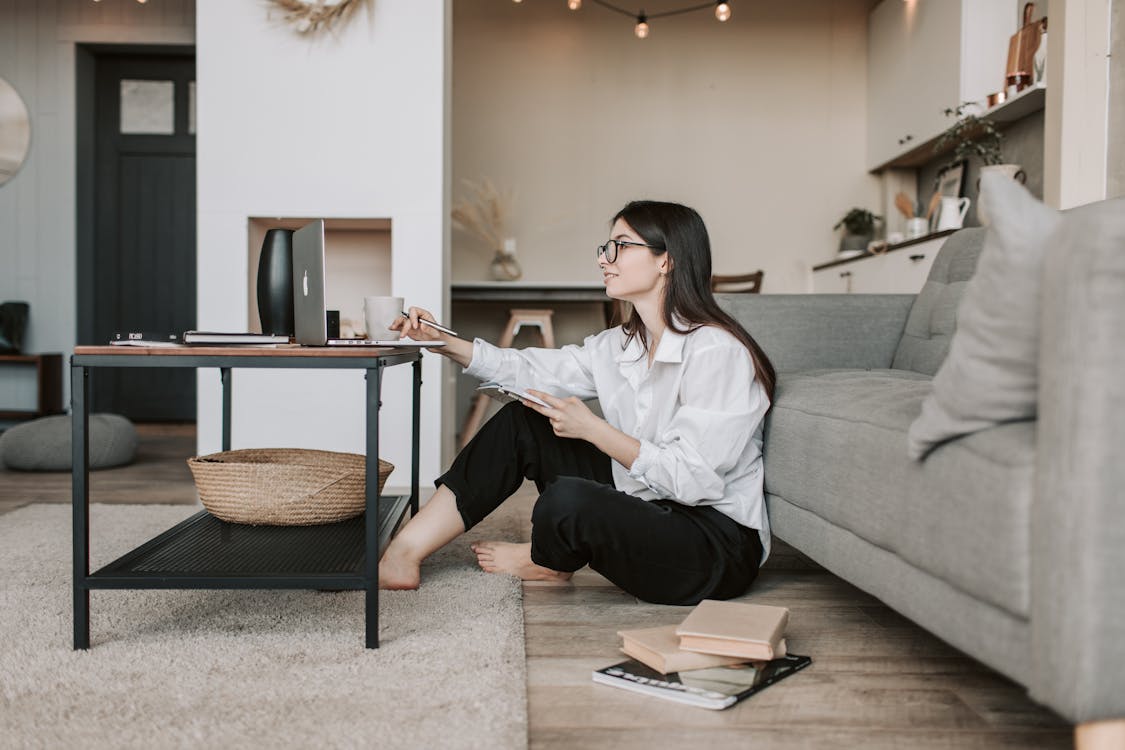
Living Big in Small Spaces: The Student Apartment Experience
University life frequently indicates welcoming the art of living smartly in smaller rooms. Whether you're adapting to your very first solo studio or showing flatmates in a cozy arrangement, finding out exactly how to maximize every square foot can seriously raise your convenience, efficiency, and total wellness. Student apartment or condos today aren't just positions to sleep in between courses; they're home bases for research study marathons, social hangs, and some much-needed individual downtime.
Small rooms come with huge potential, and discovering just how to maximize them can make a significant distinction in how efficiently your school year unravels. With some intention, imagination, and a little experimentation, you can turn even the tightest format right into a functional and inviting sanctuary.
Searching For Balance: Functionality Meets Personality
When you initially walk into a smaller home, the empty canvas can feel both exciting and a little daunting. You might be questioning where whatever will certainly go or just how to stay clear of mess while still feeling at home. The key depend on striking a balance between performance and character.
For trainees, that normally begins with zoning out the home right into deliberate locations, even if they're just corners. Your bed might be steps far from your workdesk, yet refined visual hints like rugs, lighting, or shelving can create the impression of different zones. Adding your favorite art prints, a shade scheme that soothes or stimulates you, and little items from home can additionally bring heat without using up additional space.
Storage Space That Doesn't Steal Square Footage
The single most significant challenge in small pupil apartment or condos is storage. Books, seasonal clothing, cleaning products, and cooking area gear all require homes, however conventional cumbersome furniture isn't the answer. That's where multi-purpose pieces can be found in.
Think beds with drawers below, footrests that function as containers, or desks with vertical shelving. Every thing ought to pull double duty when feasible. For instance, a narrow table can function as a dining room during dishes and a laptop terminal during research study hours.
In studio apartments in Tempe, vertical room is typically your best friend. From hooks on doors to floating racks and stackable storage cubes, utilizing your wall surfaces efficiently can protect against the dreaded floor sprawl that makes any type of tiny space feel extra confined.
Smart Layouts for Shared Living
If you're sharing with a roomie, interaction enters into your space-saving strategy. In a two-bedroom apartment in Tempe, it's important to concur early on just how shared areas like the cooking area, living area, and washroom will work.
Separate up storage areas, develop ground rules for typical locations, and consider purchasing furnishings that advertises flow and openness. Small sectionals, retractable dining tables, or modular bookshelves can assist keep a feeling of visibility without compromising comfort.
It additionally aids to keep design natural in shared zones. Even if each roomie has an one-of-a-kind design in their personal bed room, a merged visual in the living-room can develop a feeling of calmness and make the room feel even more expansive.
Studying in vogue: Carving Out a Productive Nook
Among the most essential features of any type of trainee house is an area that sustains focus. A dedicated research area, despite how tiny, can train your mind to enter into job mode quicker. It does not need to be an actual workplace-- it could be a corner of the living room, a part of your kitchen counter, or a fold-down wall surface workdesk.
Excellent lights is key. If you do not have accessibility to natural light throughout research study hours, utilize a daylight-tone LED lamp that keeps you sharp. Border on your own with just the fundamentals: your laptop, a few research study devices, and possibly a plant or framed picture for ideas.
Distraction-free areas are critical, particularly when staying in tighter quarters. Establishing a guideline for "quiet hours" or making use of noise-canceling headphones can create a sense of splitting up from roommates or the surrounding pressure.
Making the Most of University Housing in Tempe
Residing in university housing in Tempe ways you're already near to your classes, university resources, and fellow trainees. This integrated ease offers you the liberty to simplify your day-to-day regimen. You can spend less time commuting and more time enjoying your home, so why not optimize it to mirror your way of living and academic goals?
Living near campus commonly means that homes are developed with students in mind. Smaller sized footprints urge smarter living, and nearby amenities decrease the demand for extreme storage space. Maybe you do not require an enormous kitchen area arrangement if dining options are nearby. Probably you can skip a large enjoyment setup if usual lounges or team areas are offered in your building.
Use what's around you to your benefit, and concentrate your power on making your individual area comfy and useful.
Small Apartment Living That Works for You
Trainee life is vibrant. Your demands transform throughout the semester, and your house must have the ability to bend with you. As your timetable changes from midterms to finals to breaks, do not from this source hesitate to reconfigure your space. Relocate furnishings, switch over out style, or create temporary stations for new habits or pastimes.
Residing in a little room while handling school, social life, and whatever in between might seem tough initially, yet with the appropriate way of thinking, it can come to be an innovative adventure. These apartments are greater than just four wall surfaces-- they're an empty page waiting for your very own expression.
For more inspiration, concepts, and updates tailored to trainee living, make certain to follow this blog site and inspect back typically for fresh handles taking advantage of your space.
Comments on “Clever Use of Space in Student Apartments”